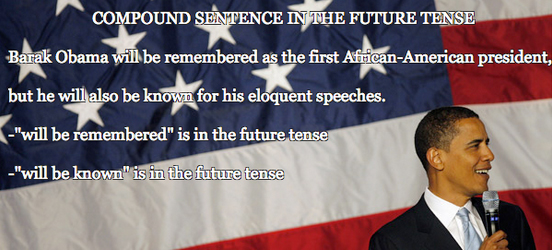Lesson Plan For Types of PIC-LITS: Future Tense Level 1
OBJECTIVE:
Writing descriptive sentences in DRAG-N-DROP mode on piclits.com can allow users to focus on writing in the future tense and keeping to the future tense in one sentence. This will entail creating a compound sentence- two independent clauses joined by a conjunction: for, and, nor, but, or, yet, so. An independent clause contains a subject and a verb and can stand alone as a sentence. (See the compound sentence lesson plan for a review, if needed).
The future tense allows writers to speculate about action in the future. The photographs on piclits.com inspire writers to think about future action.
In DRAG-N-DROP mode, users can click on the verb and choose the future tense. Being cued to do this helps writers think about what constitutes the future tense and how to conjugate verbs in the future tense.
INCORRECT AND CORRECT:
Incorrect: Libby learns how to correct grammar mistakes, and this will be a skill she will use for the rest of her life.
Correct: Libby will learn how to correct grammar mistakes, and this will be a skill she will use for the rest of her life. (notice how the verbs “will learn,” “will be,” and “will use” are consistently in the future tense.
MODEL PIC-LIT:

GUIDED PRACTICE WRITING PROMPT:
- Go to piclits.com
- Sign in with your e-mail and password
- Select a picture from the gallery of pictures
- In DRAG-N-DROP mode, write a compound sentence with both verbs in the FUTURE tense. Ensure that you have a comma before the conjunction if the second independent clause has a different subject. (as in the model PIC-LIT above). Do not place a comma before the conjunction if the subject is the same for both independent clauses.
